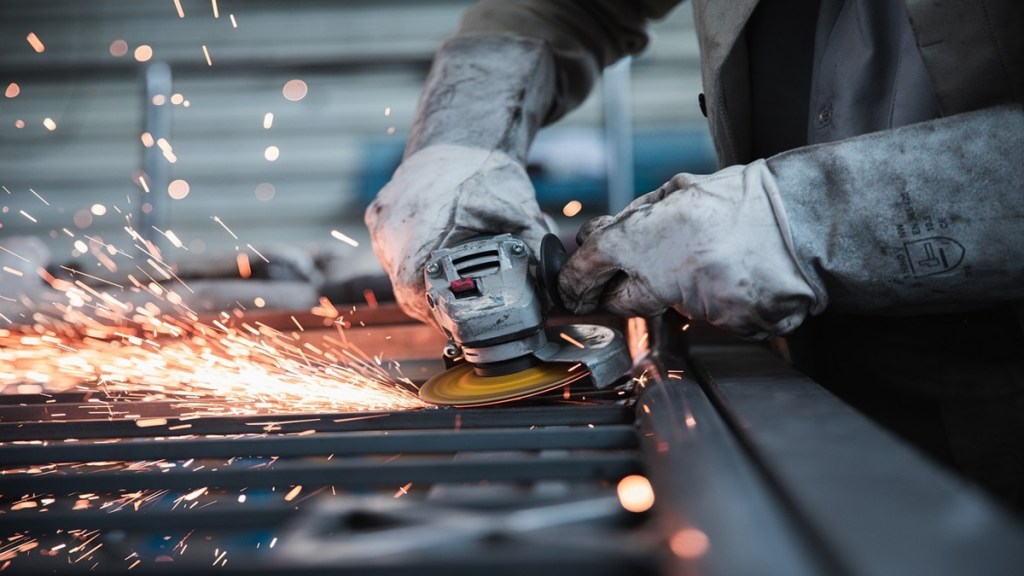The central government is considering linking incentives to metrics beyond incremental sales such as domestic value addition and incremental exports, with the first phase of the Production-Linked Incentive (PLI) scheme gaining traction. According to sources cited by Indian Express, who are aware of discussions at the inter-ministerial level, the Centre is exploring ways to refine its approach by incorporating new performance metrics even as no final decision has been taken yet.
The PLI scheme, since its launch in April 2020, has covered 14 sectors and has helped India achieve scale in manufacturing by attracting OEMs (original equipment manufacturers) as well as contract manufacturers in designated sectors.
With the first phase of the PLI scheme seen to have enabled a directional pivot in favour of manufacturing, the current debate is on using the gains of the first phase as an inflection point for PLI 2.0. In the inter-ministrial discussions, the report added, it was noted that percentage value addition across key sectors is still in single digits. This is the case even in sectors where the PLI scheme is seen as a relative success.
With electronics manufacturing being critical to creating a dynamic domestic manufacturing ecosystem, Indian Express report said, a renewed case is being made for its localisation. According to the source based report, a progressive deepening and broadening of the manufacturing base will allow for greater value capture by the domestic producer. This will help potentially improve competitiveness of local manufacturers compared with their Chinese competitors. It would also increase their bargaining power in a world of globalised supply chains and heightened geopolitical risks.
It is worth noting here that any meaningful realignments to the globalised supply chains by way of relocation of components and sub-component manufacturers can only be incentivised by large-volume manufacturing since it drives down costs through economies of scale. Further, it is also seen as necessary to be able to negotiate competitive rates with semiconductor chip manufacturers and technology licensing from proprietary vendors.
The challenge here is that India has a relatively smaller market in sectors such as telecom and electronics products and it does not provide sufficient incentives for manufacturers to relocate their supply chains. Thus, it becomes imperative for them to have access to export markets. This is now seen as an additional ingredient for scaling up the manufacturing effort. This, Indian Express added, is the reason why exports as an additional metric is being proposed by some in the government as a prerequisite for upscaling India’s PLI-led manufacturing ambitions.
Another limitation is the relatively smaller size of domestic firms, which typically are low on value addition and suffer from limited foreign market access. Given the lack of economies of scale, the Indian players are typically not price-competitive compared with the Chinese or the Vietnamese counterparts.
Government officials are also seeing foreign OEMs as essential to catalysing India’s manufacturing push, given their established global supply networks. Countries like Japan, South Korea, and China have successfully capitalised on international manufacturers to build domestic capabilities, and this is a model that India intends to replicate.
In terms of job creation, the report added, the PLI scheme has been a mixed bag so far. Per data obtained under the Right to Information Act by The Indian Express, sectors such as mobile phones, food processing and pharma have done relatively well; sectors such as auto, IT hardware and specialty steel are somewhat better placed; while some others such as textiles and advanced chemical cells are well below target.

